Species Success Stories: 10 Animals Back from the Brink
Back from the brink
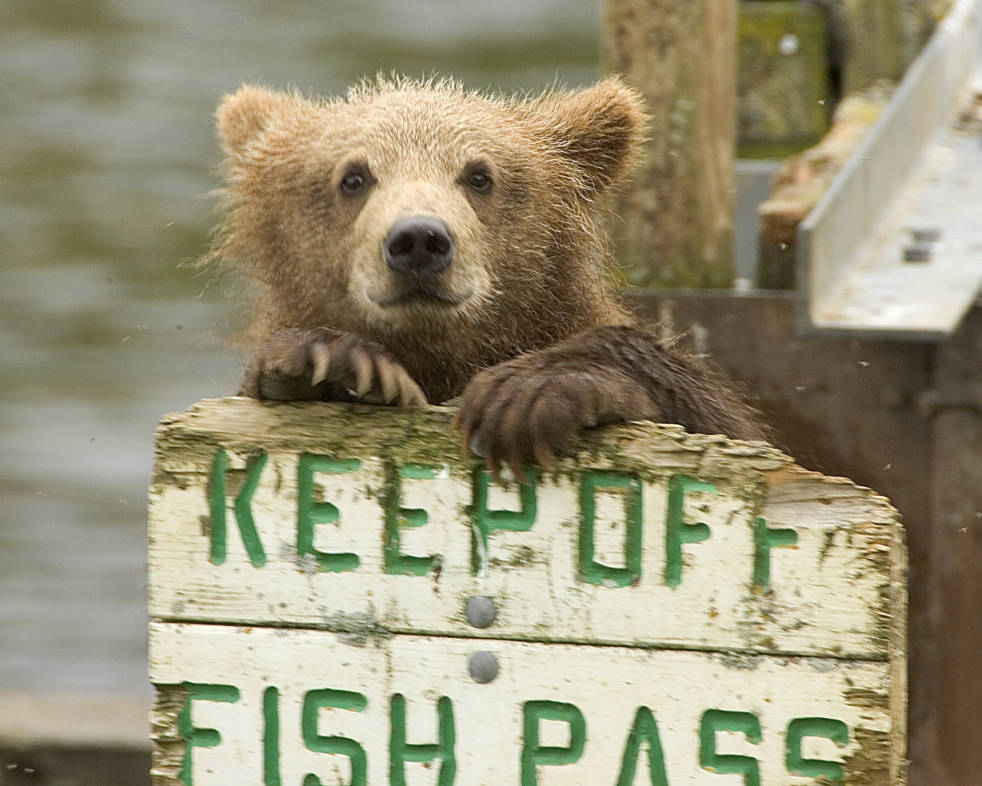
Conservation efforts can make a big difference for threatened and endangered species around the world, from bald eagles to sea turtles. By protecting vulnerable animal populations and helping them to recover, stabilize and even to grow — as seen in these species that are slowly making a comeback from the brink of near-extinction — ecologists and government agencies can preserve Earth's precious biodiversity. Pictured here is a grizzly bear cub in the Kodiak National Wildlife Refuge in southwestern Alaska.
Indian rhino
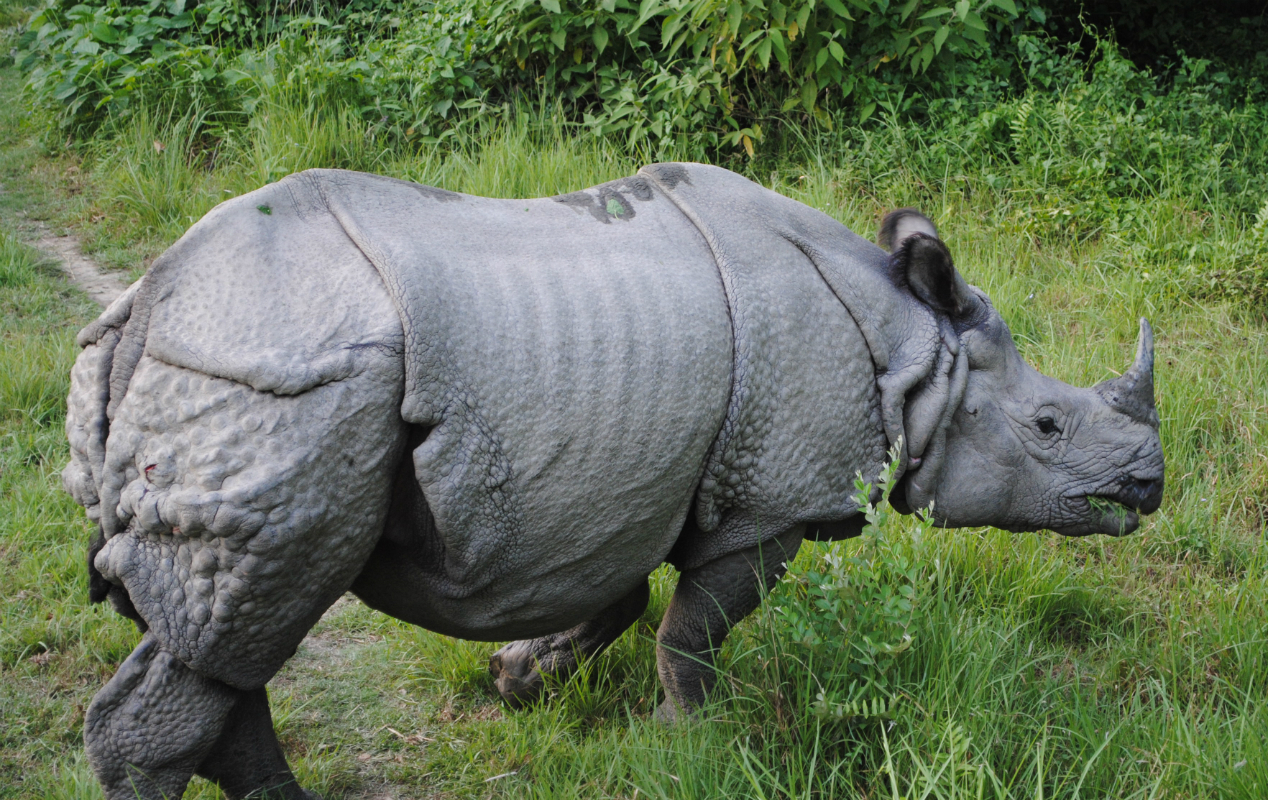
Indian rhinos were once common across the northern part of the Indian sub-continent, according the World Wildlife Fund (WWF). But by 1975, only 600 individuals remained. Dedicated conservation saw the rhinos' numbers increase to 3,000 by 2012. In Nepal, now home to an estimated 645 rhinos, poachers are the animals' greatest threat. But improved protections combined with grass-roots anti-poaching programs have kept their entire population of rhinos safe from poachers for the third year in a row since 2011, the WWF said in a statement published online Feb. 8, 2016.
Grizzly bear
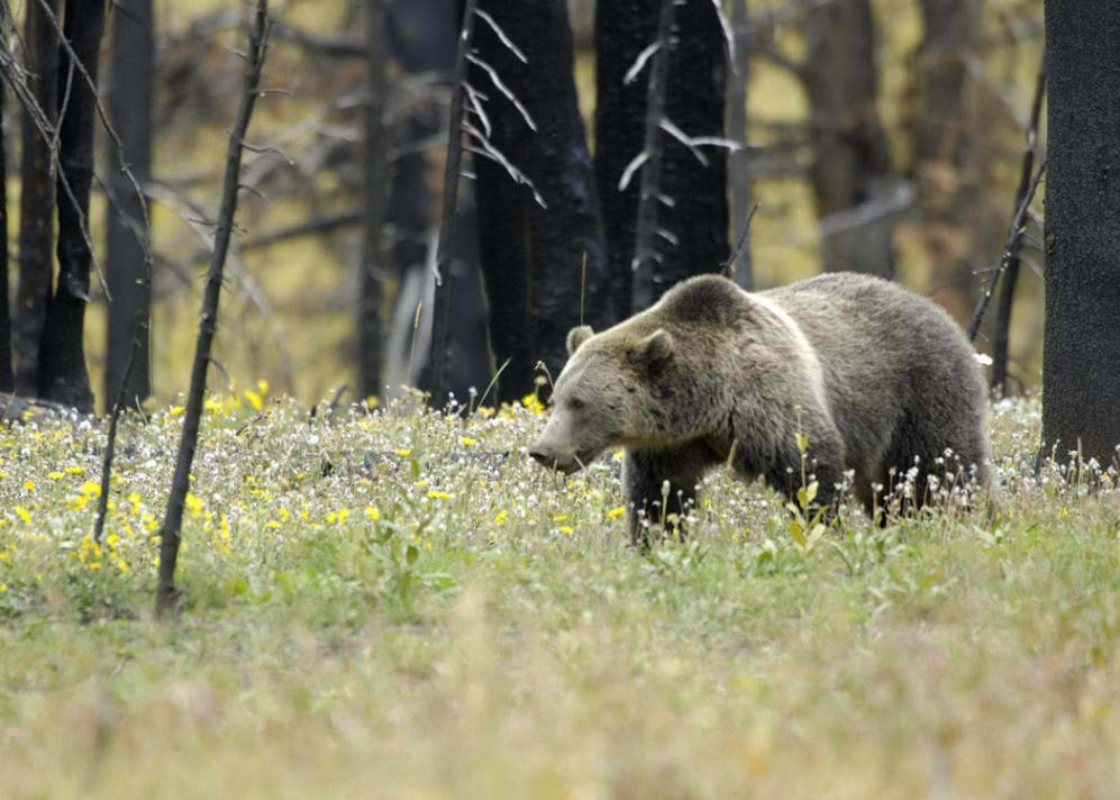
After nearly three decades of steady recovery, the number of grizzly bears in the Greater Yellowstone Ecosystem across Montana, Wyoming and Idaho has grown to approximately 700 individuals — up from 136 counted in 1975 — prompting the U.S. Fish and Wildlife Service (USFWS) to propose removing the species from the Federal Lists of Endangered and Threatened Wildlife. Grizzlies now occupy over 22,500 square miles of the Yellowstone ecosystem, more than doubling their 1970s range. USFWS director Dan Ashe called this "a historic success" in a statement released online March 3,2016, attributing it to 30 years of collaborative efforts between federal, state and tribal agencies.
Trumpeter swan
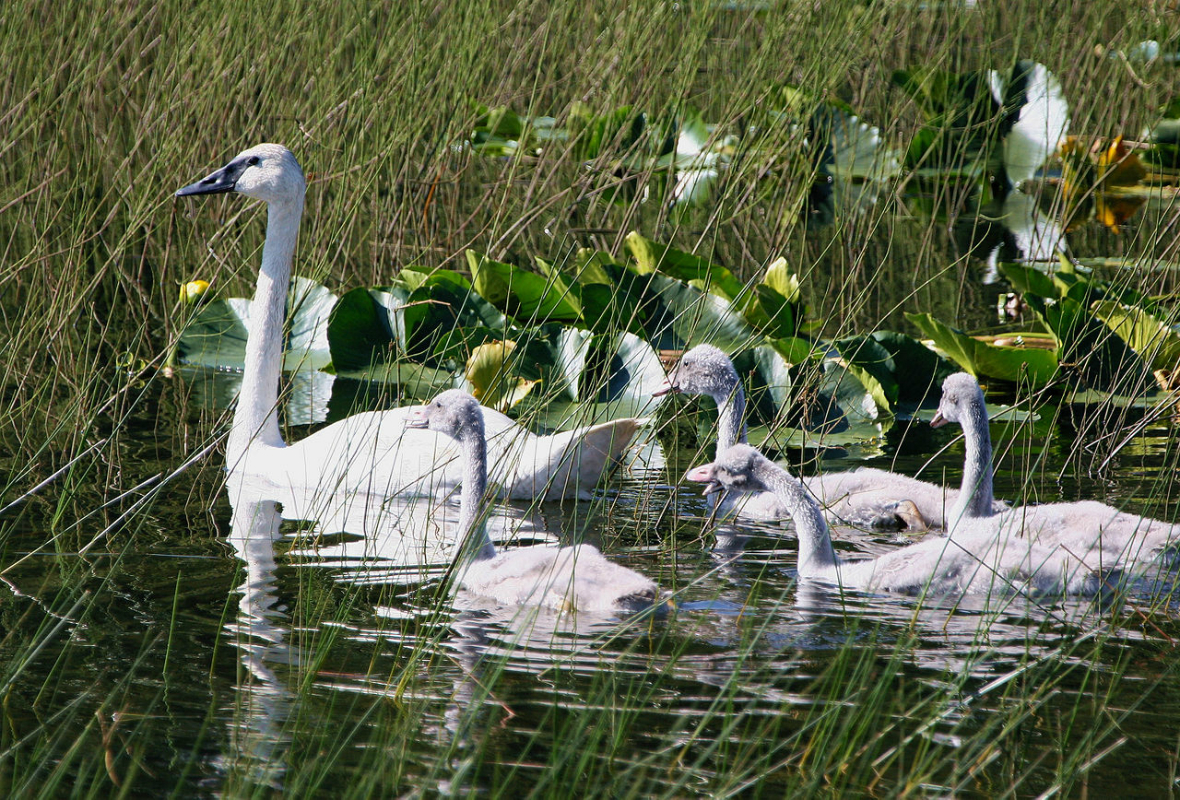
People living in 19th-century Minnesota must have found trumpeter swans delicious, because the species was eliminated from the state — and practically from its entire range in the United States — after it was over-harvested for food. The largest native waterfowl species in North America, trumpeter swans didn't successfully return to the wild in Minnesota until a number of ecological agencies partnered in the 1980s to restore them, according to a statement released Feb. 11, 2016, by the Minnesota Department of Natural Resources (MDNR). Trumpeter swans' Minnesota population is currently estimated at 17,000, and continues to grow, the MDNR reported.
Bald eagle
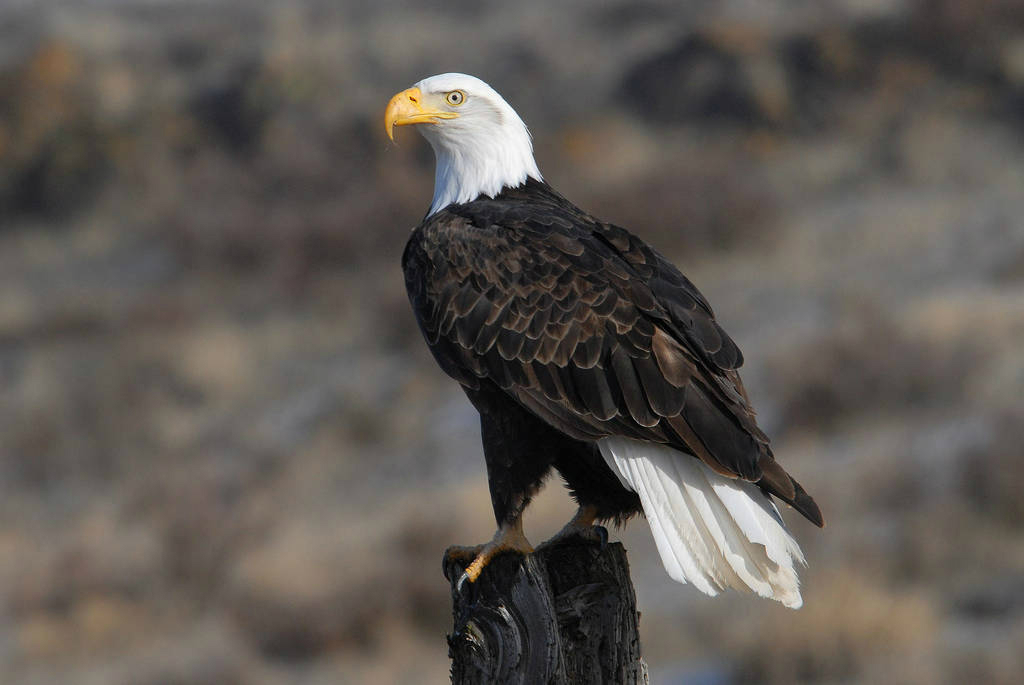
In decades past, use of the pesticide dichloro–diphenyl–trichloroethane (DDT) in the state of New Jersey nearly eradicated its bald eagle population, leaving just one known nesting pair through the 1970s and 1980s. DDT bans and diligent restoration efforts have gradually increased the number of bald eagles — 23 nesting pairs were counted in 2000; 82 pairs were spotted in 2010; and 161 pairs were found in 2015, according to the 2015 Bald Eagle Report, published by the New Jersey Department of Environmental Protection Division of Fish and Wildlife.
West Indian manatee

Manatees — once mistaken by likely delirious sailors as alluring mermaids — were listed as endangered by the USFWS in 1967, when only a few hundred individuals swam in Florida waters. But on Jan. 7, 2016, the USFWS announced in a statement that they were reclassifying West Indian manatees, changing their status from "endangered" to "threatened" due to significant improvements in the manatees' habitats and in the animals' populations, now numbering over 6,300 in Florida and approximately 13,000 worldwide.[Mermaids and Mermen: Facts and Legend]
Tiger
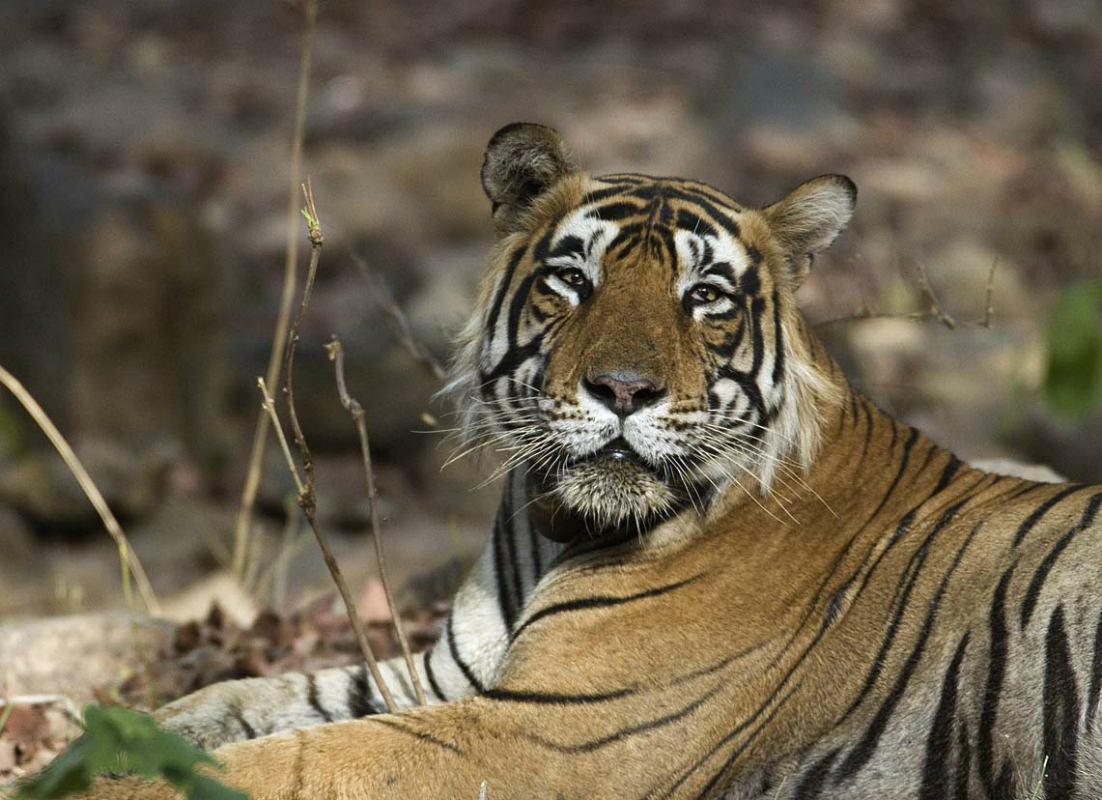
Poaching and habitat loss have taken a heavy toll on wild tigers over the last century, with their populations dropping from 100,000 to just over 3,000, according to the WWF. Once native to 23 countries in Asia, tigers can now be found in only 11, and have disappeared entirely from the wild in Cambodia and in Vietnam in recent years. But government initiatives to track tiger populations and deter poachers could provide some hope for the tigers' future. A recent wild tiger census in India showed a promising increase in population numbers: 2,226, up from 1,411 in 2007, and mostly in protected areas, National Geographic reported in January 2015. [Fun Facts About Tigers]
Sign up for the Live Science daily newsletter now
Get the world’s most fascinating discoveries delivered straight to your inbox.
Delmarva Peninsula fox squirrel
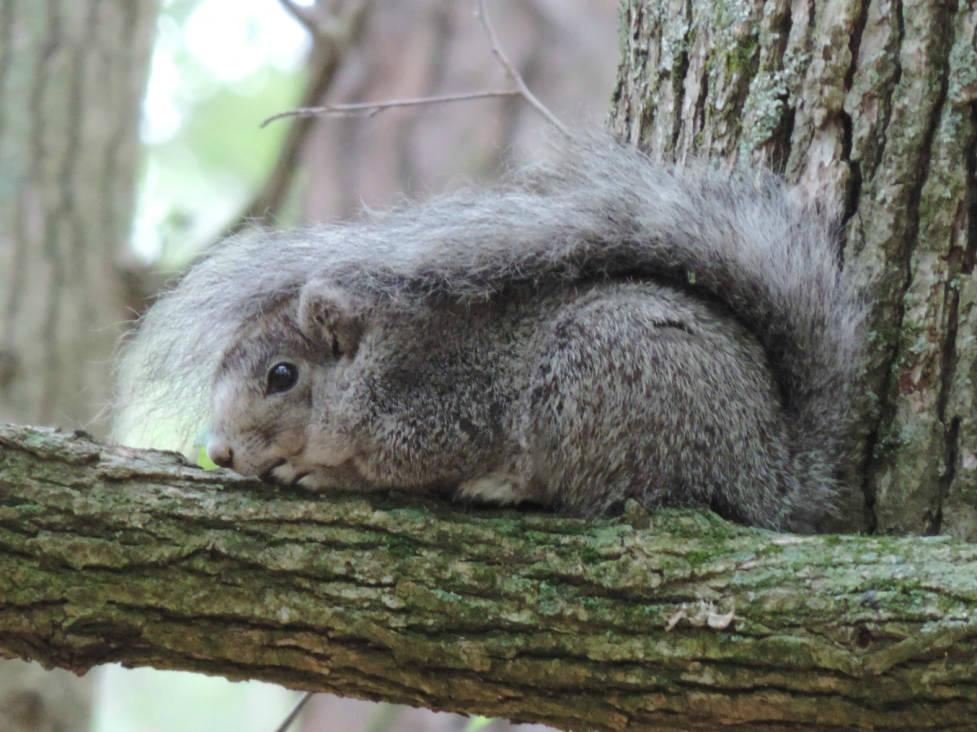
More than 40 years of conservation work contributed to the rebound of the fluffy-tailed Delmarva Peninsula fox squirrel, the U.S. Fish and Wildlife Service announced on Nov. 13, 2015 in a statement, declaring that the squirrel "is no longer at risk of extinction." The squirrels' sharp decline began in the mid-20th century when its forest range shrank by 90 percent, landing it on the Endangered Species Act's very first list of 78 animals that urgently required protection. Today, approximately 20,000 squirrels inhabit Delmarva — a peninsula on the east coast of the U.S. that includes Maryland, Delaware and Virginia — with most of them found in Maryland.
Green sea turtle

During the 1980s, University of Central Florida (UCF) researchers monitored green sea turtles as they built their nests on a 13-mile (21 kilometers) stretch of beach in Florida's Archie Carr National Wildlife Refuge, counting fewer than 50 nests per year during the nesting season, which lasted from May 1 to Oct. 1. In September 2015, researchers reported counting 12,026 nests, demolishing the previous record of 11,839 nests set in 2013. "It is a really remarkable recovery and reflects a 'perfect storm' of conservation successes," said Kate Mansfield, a UCF assistant professor of biology, in a statement.
Red-cockaded woodpecker
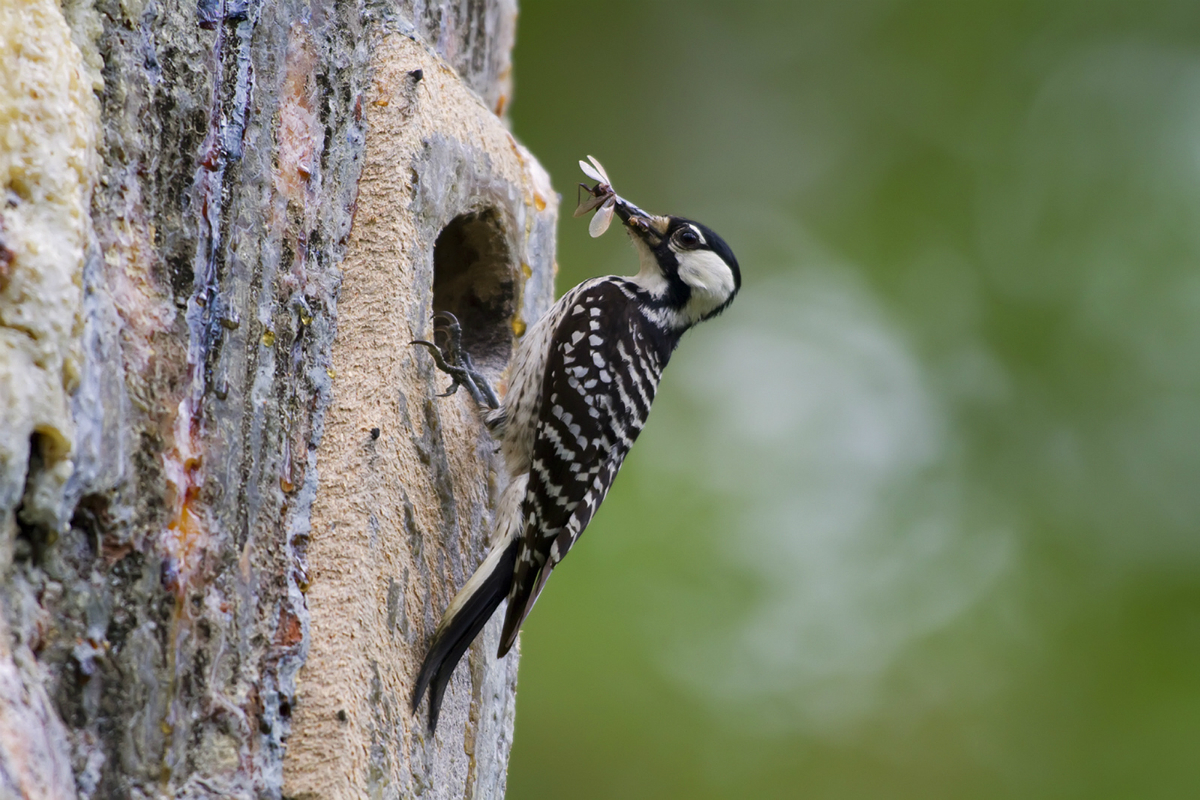
In October 2015, four pairs of red-cockaded woodpeckers were released in the Great Dismal Swamp National Wildlife Refuge in Suffolk, Virginia, the first of these endangered birds to inhabit the area since 1974. The species was designated as endangered in 1970, as destruction of its mature pine forest habitat across the southern United States sent its numbers plummeting. Today, there are approximately 6,400 breeding pairs of the woodpeckers, up from 4,200 pairs in 1994. "This effort illustrates the role that our national wildlife refuges can play in the recovery of threatened and endangered species," refuge manager Chris Lowie said in a statement.
Orangutan
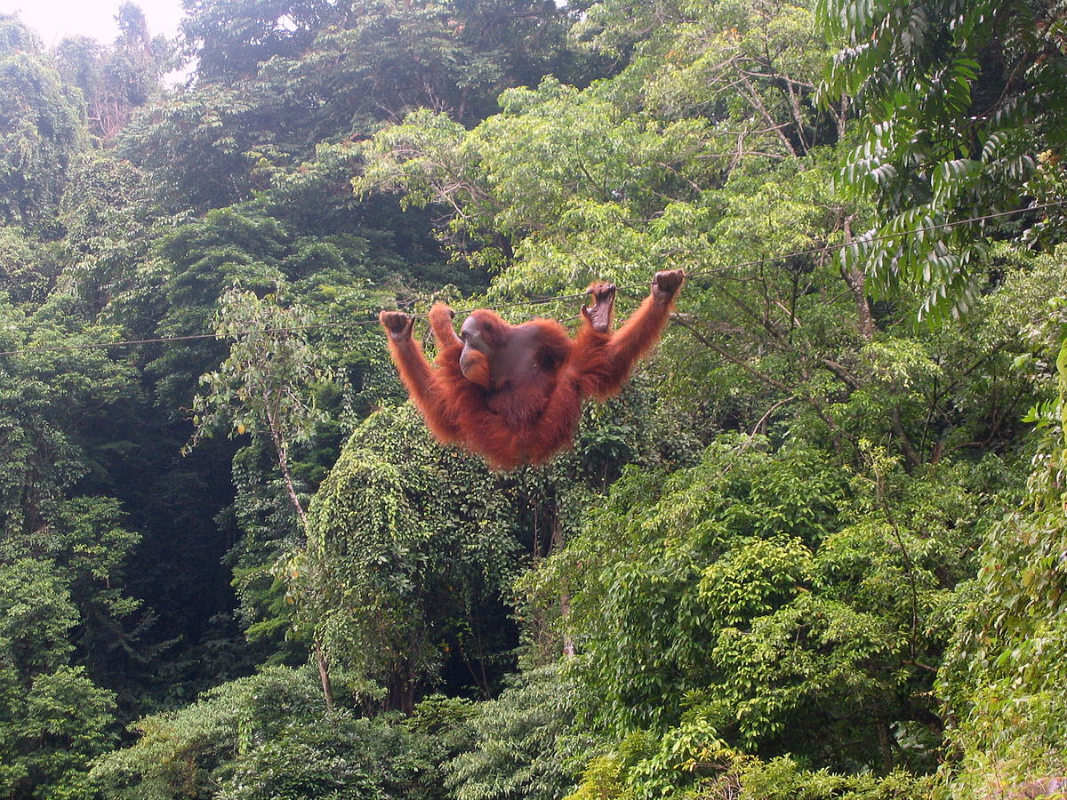
After 10 years of conservation work in Indonesia's Sebangau National Park, the WWF announced in November 2015 in a statement that orangutan numbers in the reserve — which holds the largest wild orangutan population in the world — had risen by 7 percent since 2007, with 5,826 individuals recently counted. However, ongoing efforts will be required to ensure the species' survival, the WWF added, as 70 percent of orangutans live outside of protected areas and are threatened by logging and agricultural expansion.

Mindy Weisberger is an editor at Scholastic and a former Live Science channel editor and senior writer. She has reported on general science, covering climate change, paleontology, biology and space. Mindy studied film at Columbia University; prior to Live Science she produced, wrote and directed media for the American Museum of Natural History in New York City. Her videos about dinosaurs, astrophysics, biodiversity and evolution appear in museums and science centers worldwide, earning awards such as the CINE Golden Eagle and the Communicator Award of Excellence. Her writing has also appeared in Scientific American, The Washington Post and How It Works Magazine. Her book "Rise of the Zombie Bugs: The Surprising Science of Parasitic Mind Control" will be published in spring 2025 by Johns Hopkins University Press.









